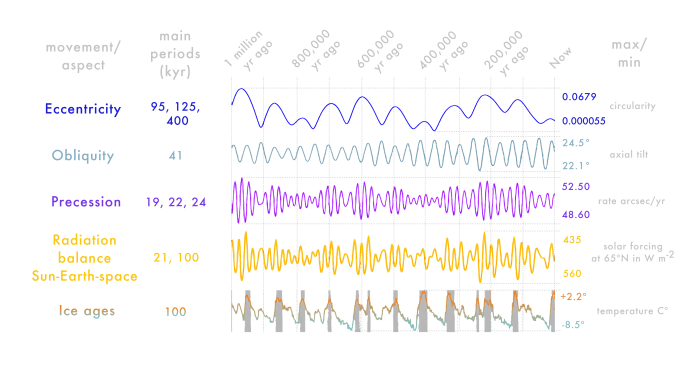
Forget all you ever believed about ice ages surprise, Earth’s frozen ages may be more like a cosmic game of improv rather than a clockwork routine. For years, textbooks have attributed the glacial advance and retreat to Earth’s slow, stately dance through space. But a whirlwind of new finds is rewriting the script, showing a much more knotted interaction of forces, from ocean currents to human greenhouse gases, that govern the planet’s icy rhythms.
As climate scientists study ancient ice cores, ocean sediments, and state-of-the-art models, they’re discovering surprising turns in the tale of glacial cycles. The consequence is greater than just academic: grasping these processes is central to forecasting our climate destiny and for coming to terms with the implications of our own behavior. Here are nine of the most intriguing new discoveries challenging the field.
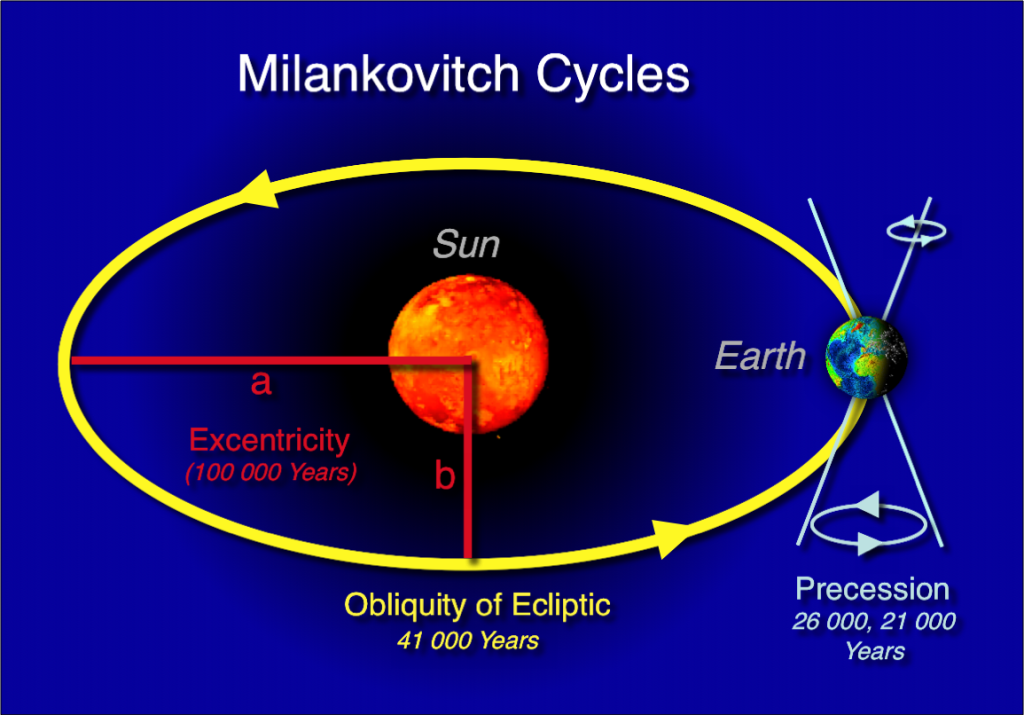
1. Milankovitch Cycles: Not the Whole Story
The long-standing assumption that the variations in Earth’s orbit Milankovitch cycles control when ice ages occur has been the main explanation for climate science for centuries. These cycles, which vary the amount of sun’s radiation over the planet, do indeed make a contribution. However, new data from ice cores have shown discrepancies in the timing and depth of glacial intervals, calling into question the assumption that orbital forces are solely to blame. As noted in a landmark review, “the finding of discrepancies in the timing of ice ages has raised scientists’ eyebrows over whether other forces are in action.” This insight is leading researchers to consider forces outside celestial mechanics and look at a broader range of influences.

2. Ocean Currents: The Atlantic’s Mighty Conveyor Belt
Far beneath the Atlantic, the Atlantic Meridional Overturning Circulation (AMOC) serves as a global heat pump, moving warm water north and cold water south. AMOC failure can lead to climate disorder, and a new study revealed that sudden temperature fluctuations during the previous ice age sometimes up to 10–15°C over decades were strongly connected to the sudden reductions in the AMOC. Jerry McManus, a Columbia University paleo-oceanographer, characterized novel sediment core data as “very convincing” that these modern changes initiated extreme climate events (weakened Atlantic currents caused ice age climate change). Current weakening of the AMOC, perhaps its weakest in centuries, is sounding climate alarm for the future (modern decline in AMOC strength), with some models forecasting a possible tipping point in just decades.
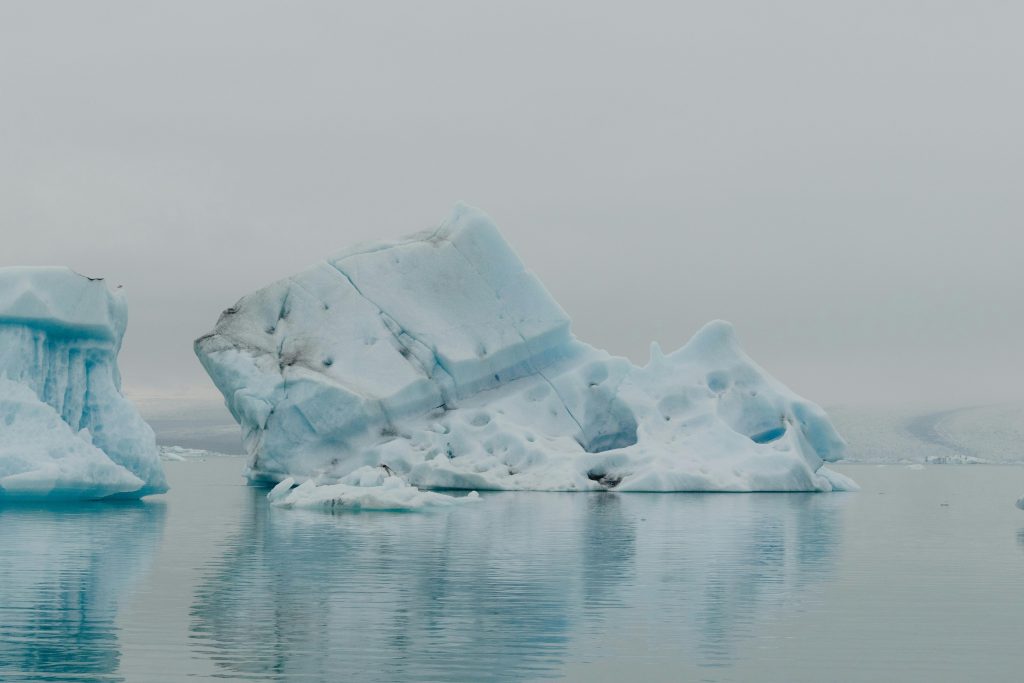
3. Sea Ice, Freshwater, and the Tipping Point of the AMOC
The sensitivity of the AMOC depends on a fine balance between salinity and temperature. Admits of freshwater melting ice caps or a rise in rainfall can upset this equilibrium, reducing the density of water in the north and stopping the sinking action that propels the current. Recent modeling indicates that the Irminger Sea is particularly vulnerable: “continuous freshwater fluxes into the Irminger basin exert the most pronounced effect on AMOC weakening.” The implications are worldwide, with the weakened AMOC leading to northern hemisphere cooling, increased Arctic sea ice, and changes in tropical precipitation patterns. Most importantly, the exact site of freshwater input can bring highly localized climate effects, ranging from European cold snaps to Sahelian droughts.
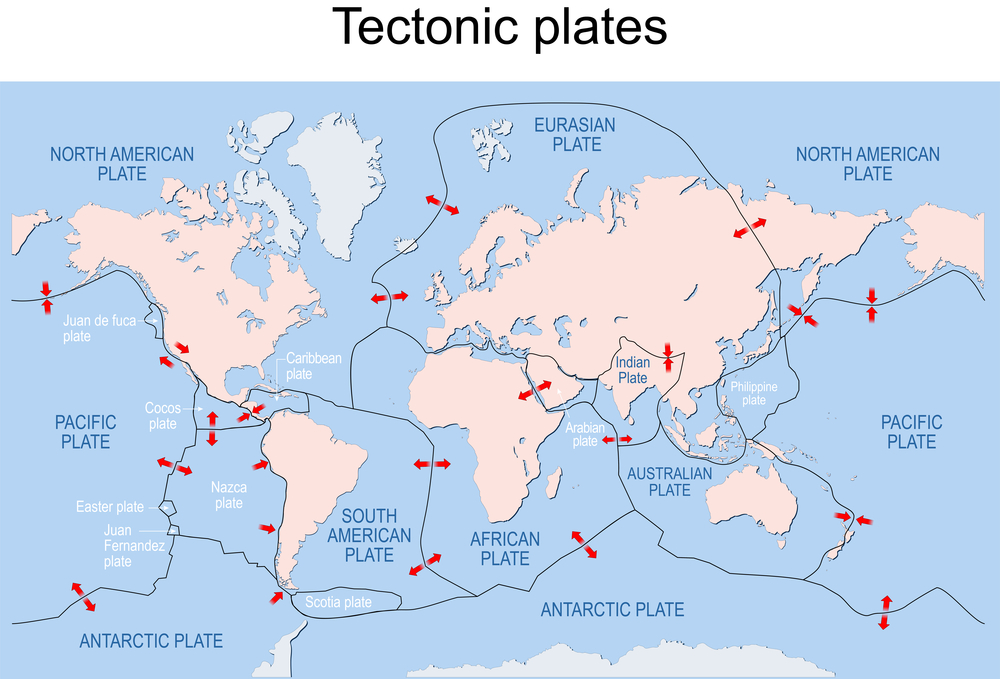
4. Volcanic and Tectonic Wildcards
Though usually thought of as short-term interrupters, volcanic eruptions and tectonic movements have the potential to drive the climate toward or away from glaciation. Colossal volcanic eruptions feed ash and sulfur dioxide into the air, reflecting sunlight and initiating periods of cooling. On timescales of geology, tectonic processes the rise of the Himalayas, for example can disrupt atmospheric circulation and weathering, sequestering carbon dioxide and facilitating global cooling. Such processes add a degree of uncertainty, implying that Earth’s ice ages are influenced by more than orbital periodicity.
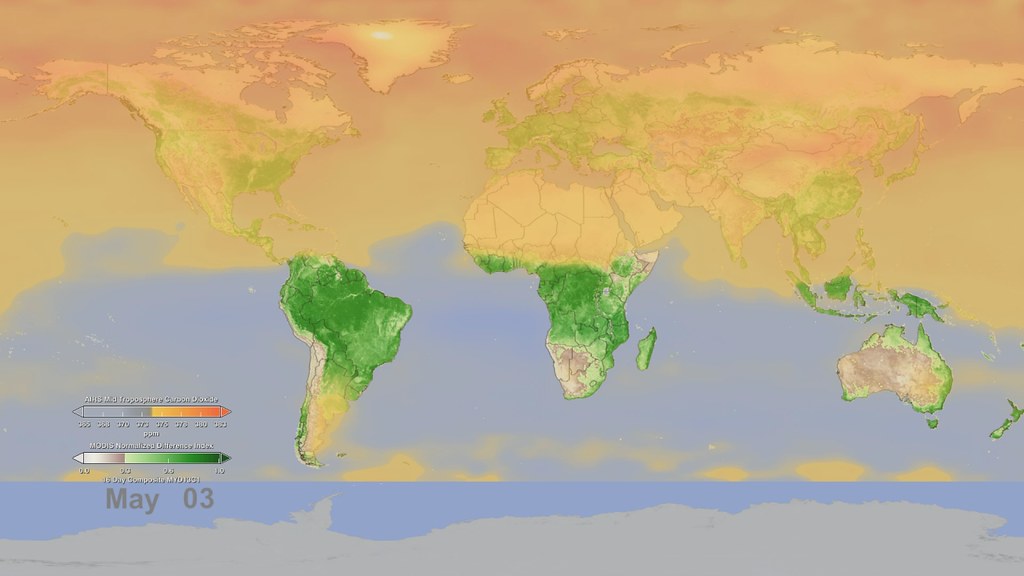
5. Human Emissions: Stalling the Next Ice Age
The most fundamental spin in the ice age account is the effect of human activities. More advanced models now indicate that even existing levels of anthropogenic CO2 emissions are sufficient to delay the next glaciation by at least 50,000 years, and potentially much longer. As one recent study concluded, “the model predicts that a fossil-fuel CO2 release of 500 Pg C will make the onset of the next Ice Age very unlikely in the next 120 kyr” (anthropogenic CO2 releases have the potential to impact future climate variability at very long timescales). With projected cumulative emissions reaching 3000 Pg C, Earth may stay ice-free for a half-million years. This novel human imprint on the glacial cycle is a deep ethical and practical concern for planetary stewardship.
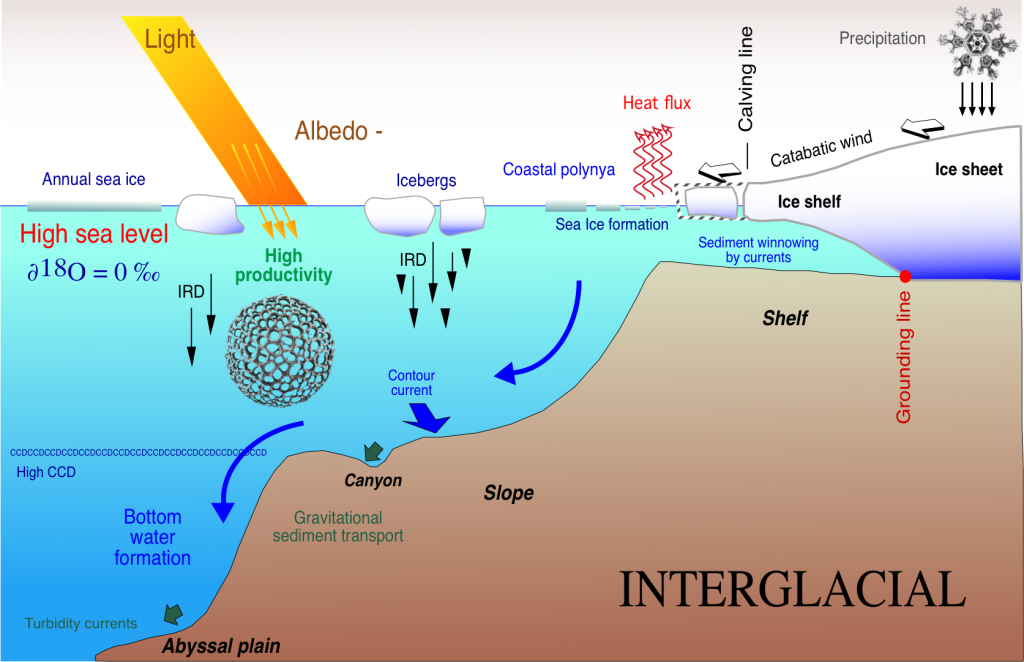
6. The Enigma of Interglacial Periods
Interglacials warm periods between ice ages are not mere lack of glaciation. Their occurrence and length are governed by a complicated interaction of orbital variations, concentrations of greenhouse gases, and feedback processes. Melted ice sheets may change ocean currents, which in turn enhance warming. However, the exact triggers for these changes are unknown, and current research indicates that “interglacial periods may be influenced by a combination of orbital changes, greenhouse gas levels, and feedback mechanisms within the climate system.” Elucidating these processes is essential for future climate trajectory prediction.
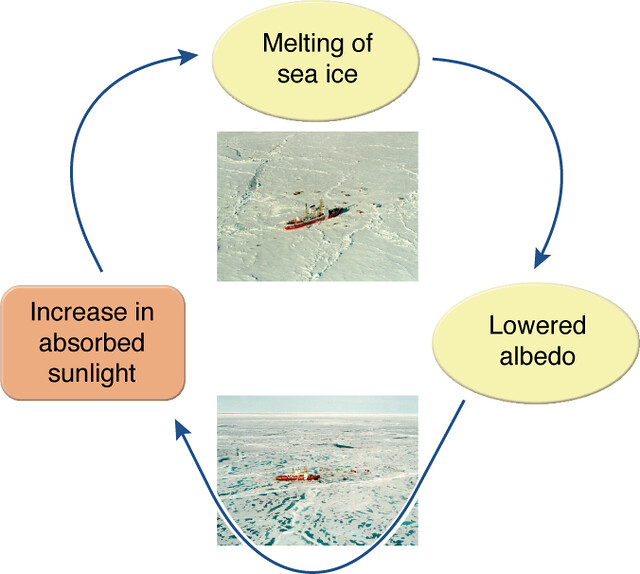
7. Feedback Loops: Amplifiers and Dampeners
Earth’s climate system abounds in feedback loops that can either amplify or dampen change. The albedo-ice feedback, in which melting ice reveals darker surfaces and speeds up warming, is familiar. Less widely known are feedback roles dependent on ocean circulation, methane liberation from permafrost, and weathering of rock. For instance, a weakened AMOC not only diminishes the North Atlantic’s heat but also can induce a southward shift of the Intertropical Convergence Zone, remapping global rainfall patterns. These coupled processes make climate projections difficult and highlight the danger of surprise consequences.
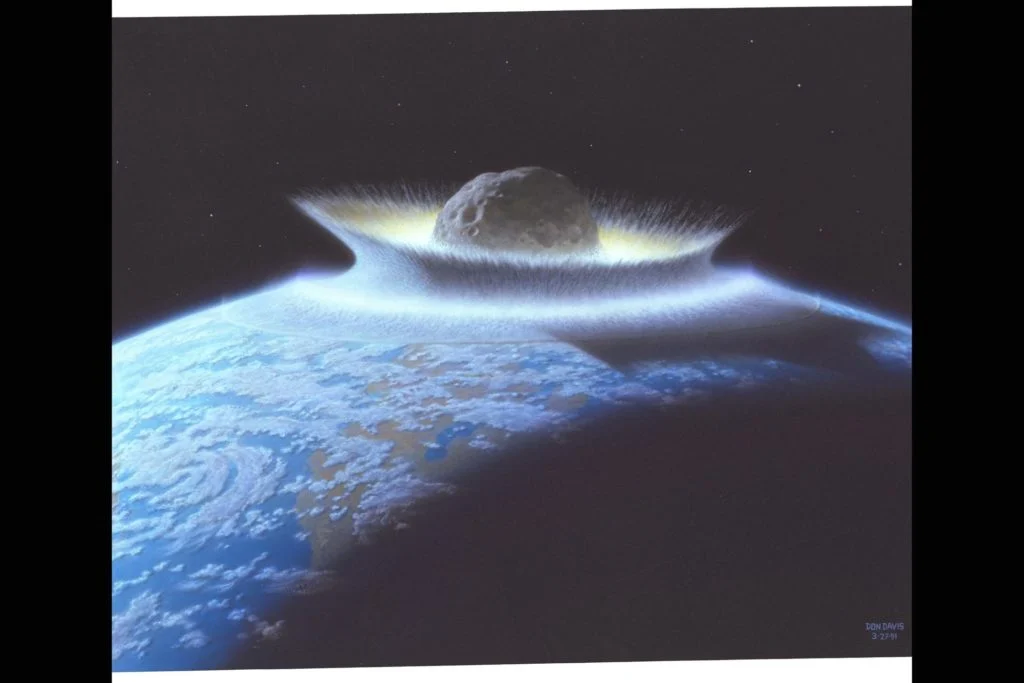
8. Cosmic and Solar Surprises
Asteroid impacts and changes in solar activity, though exceptional, can have the power to push the climate into new regimes. An asteroid impact could introduce enormous amounts of dust into the atmosphere, reflecting sunlight and producing sudden cooling. At the same time, spells of low sunspot activity have been associated with past cold spells. Although these extraterrestrial events are not the main causes of ice ages, their impact is a demonstration that the Earth’s climate is vulnerable to both terrestrial and extraterrestrial jolts.
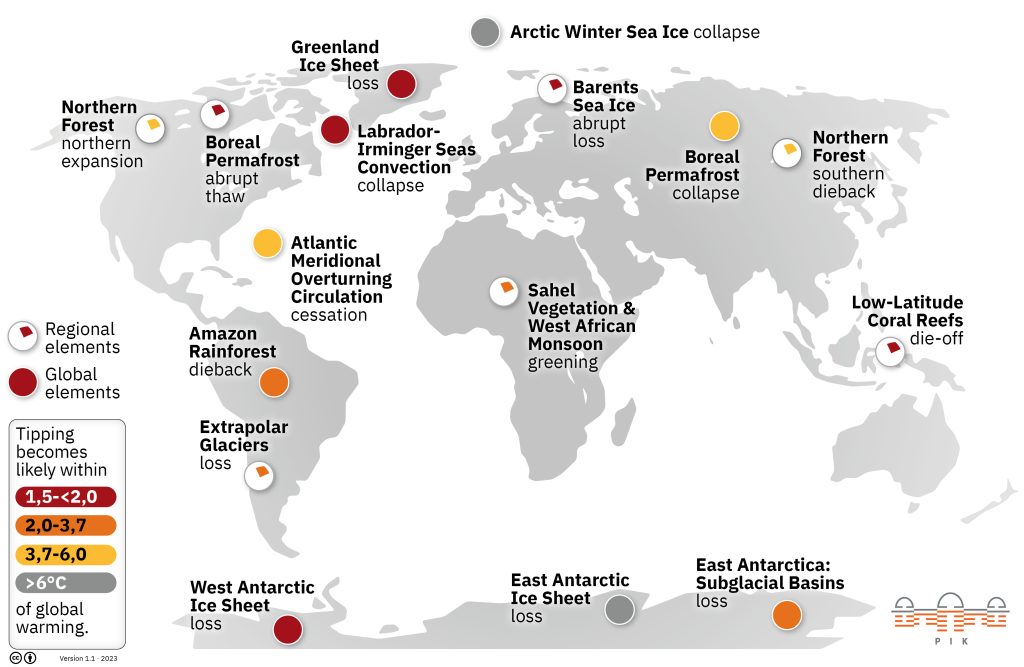
9. Uncertainty and the Limits of Prediction
In spite of recent progress with climate modelling, there are still major uncertainties. Present models are not able to accurately represent the full richness of ocean circulation and how it will react to rapid change. As has been pointed out in a recent synthesis, “uncertainty on such a topic should be concerning enough” (AMOC is a multicomponent system with numerous processes). The potential for rapid, nonlinear changes, so-called tipping points, implies that small disturbances may lead to oversized responses. As the Intergovernmental Panel on Climate Change cautions, there is only “medium confidence” that the AMOC won’t collapse this century, something that would have apocalyptic effects on weather, sea levels, and ecosystems.
The new picture is one of extreme complexity: ice ages are not the reliable, clockwork affair they were once thought to be, but the product of an intricate dance between orbital cycles, oceanic currents, atmospheric chemistry, and increasingly, human intervention. As science unwraps the layers of Earth’s climatic past, one refrain echoes loud uncertainty is not our ally. Amid a planet where the next tipping point can be sooner than we are prepared to imagine, caution, humility, and ongoing investigation are key to navigating the frozen frontiers of our planet’s future.
